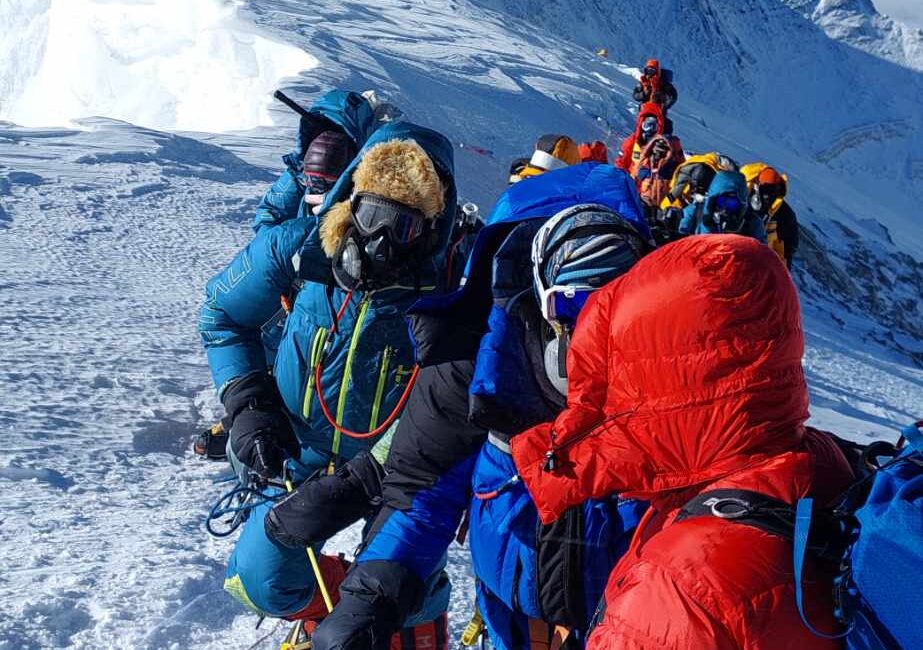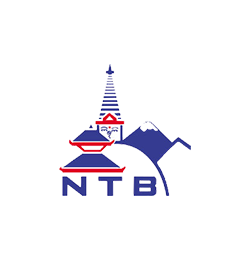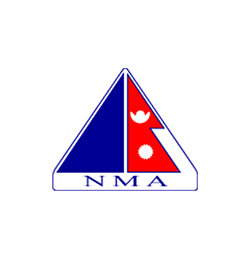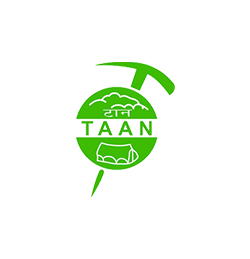
Introduction
Nepal, a beautiful land in the lap of the Himalayas, is a dream destination for trekkers, hikers, and mountaineers from around the globe. The breathtaking landscapes and towering peaks in this country have created great opportunities for peak climbing. From the iconic Mount Everest (8,849 meters) to lesser known peaks that only a few know about, Nepal has something for everyone.
For novice climbers who want to start their mountaineering journey, Nepal offers some of the best entry-level peaks. Most entry-level peaks start from 5,000 meters altitude and depending upon the route taken vary on difficulty level. We’ll be going through some famous peaks and their difficulty level. This blog aims to find the perfect peak for you and provide insights into various aspects of peak climbing. We’ll go through different levels of experience required and how to prepare for your adventure in depth.
Understanding Peak Climbing in Nepal
What is Peak Climbing?
Peak climbing involves ascending peaks that are typically between 5,000 meters to 7,000 meters in altitude. While this may seem less when compared to other 8,000 meter giants, each peak climbing involves significant challenges and requires careful preparation. In the context of Nepal, the Nepal Mountaineering Association (NMA) has categorized these peaks into trekking peaks and expedition peaks. While trekking peaks are comparatively easy and more accessible to novice climbers and expedition peaks are for more experienced climbers. Starting your Mountaineering journey through these trekking peaks not only is a safe act but also provides you knowledge and experience for higher level peaks in the near future.
Popular Peaks for Climbing in Nepal
Some of the most popular peaks for climbing in Nepal include:
- Island Peak Climbing (Imja Tse) – 6,189 meter
- Mera Peak Climbing– 6,476 meter
- Lobuche East Peak Climbing – 6,119 meter
- Pisang Peak Climbing – 6,091 meter
- Yala Peak Climbing – 5,732 meter
Each of the above mentioned peaks offers a unique set of challenges and experiences. Filled with such peaks, Nepal truly is a versatile destination for climbers of all levels.
Do I Need Experience for Peak Climbing in Nepal?
The Short Answer
The short answer is: it depends. The level of experience required varies on various factors. The peak you choose to climb, the time of year, and your physical and mental preparedness, all determine what kind of preparation and experience you’ll require. There are many instances of people directly conquering easy peaks without any experience. However, this may vary with people and everyone must understand their capabilities and limitations for a safe experience.
Some peaks are more accessible to beginners, while other high-level peaks demand a higher level of technical skill and experience.
Famous Beginner-Friendly Peaks
For those who lack experience in climbing and mountaineering, there are several peaks that are considered beginner-friendly. These peaks generally have less technical routes and are often climbed with the help of a highly professional guide. Some of the popular easy peaks in Nepal are:
- Island Peak (Imja Tse):
Altitude: 6,189 meter
Island Peak is one of the most popular trekking peaks for beginners in Nepal. With a pretty straightforward route, and the main challenge being the altitude for first-timers. With proper acclimatization and guidance, beginners can easily undertake this peak. However, you’ll require basic mountaineering skills provided by trekking agencies like White Hill Adventure beforehand the trek. The Island peak climb often is used as a training group for more ambitious and difficult expeditions.
- Mera Peak
Altitude: 6,476 meter
Another great choice for novice climbers is the Mera Peak. You’ll require good physical fitness and acclimatization plans at a staggering altitude of 6,476 meters (approximately 300 meters higher than Island Peak). The climb itself doesn’t require much technical difficulty, but proper gears, and guides are essential to safely summit this peak. The panoramic views from the summit are a rewarding experience for those who conquer this peak.
- Yala Peak
Altitude: 5,732 meter
Yala Peak is another beginner-friendly peak located in the Langtang region. Often considered as one of the easiest trekking peaks in Nepal. It is ideal for those who want to experience the thrill of peak climbing without extensive technical training. Pairing Yala Peak with the famous Langtang Valley Peak is one of the favorite things that climbers do. This offers slow acclimatization and prepares you for the summit of Yala Peak gradually, making it a safe yet very rewarding experience.
Intermediate and Advanced Peaks
For those, who seek a bit more and have a quite good climbing experience, there are more challenging and fun peaks to consider. However, before entering this zone of peak climbing, you must consider your physical fitness, extensive training, and prior peak climbing experience. These peaks often involve technical climbing, including the use of ropes, crampons, and ice axes. Many climbers consider these peaks as a preparation for higher peaks in the near future.
Some of the most famous peaks are:
- Lobuche East Peak
Altitude: 6,119 meters
The Lobuche East is a more technical climb when compared to Island Peak or Mera Peak. Considering this peak, you’ll need to understand mountaineering techniques quite well. Lobuche East is not a peak for those who lack experience in peak climbing, as the difficulty is leagues above normal peak climbing and can include serious risks is failed to understand the danger it poses. However, with proper training and understanding of the route, climbers can successfully summit this peak.
2. Pisang Peak
Altitude: 6,091 meters
Pisang Peak is another great opportunity for those who have past experience in peak climbing and are looking to push their limits. This peak offers a slightly more challenging ascent with technical sections that require proper planning and experience to overcome. Moreover, you’ll also need to have proper climbing skills and should be familiar with the use of mountaineering gears.
Preparing for Your Climb
Physical Fitness
While experiences remain optional during peak climbing for trekking peaks, there remains a section that can’t be compromised, your physical fitness. Physical fitness becomes crucial for peak climbing, as climbing at high altitudes puts significant strain on your body, and beginning in proper shape, and condition will enhance your chance of success.
Many people, who seek to climb a peak spend several months beforehand preparing physically for this rigorous task. You too should focus on maintaining the shape and condition of your body, here are some key aspects to focus on.
- Cardiovascular Endurance
Cardiovascular Endurance is essential for coping with the thin air and strenuous activity at high altitudes. It makes your heart healthier and offers a more balanced and better flow of blood in your whole body. You can engage in activities such as running, cycling, and summing to help build cardiovascular endurance.
- Strength Training
With hours of walking, you’ll need to climb carrying heavy gear, and in the same hand navigating through the challenging terrain. This puts a lot of strain on your body making it essential to focus on strength training. Building muscle strength, particularly in your legs, core and upper body is important to cope with the demanding terrain of the Himalayas.
- Flexibility and Balance
Yoga and flexibility exercises that only a few consider doing, but are essential to improve your balance and reduce the risk of injury during your climb. Engage in flexibility exercises to have a proper balance with the terrain you are climbing.
Technical Skills
Similar to the Physical fitness required for peak climbing in Nepal, possessing technical skills is very important. Climbers are expected to have a solid foundation of mountaineering skills, which can be learned through mountaineering courses.
Some must-have key skills are:
- Use of Climbing Gear
Have a good understanding of how to use crampons, ice axes, ropes, and harnesses. This is a fundamental skill essential during the main climb, that keeps you safe.
- Navigation
Skills like being able to read maps, navigate through challenging terrain, and use of compass are crucial skills that many fail to recognize. Whether you are climbing with or without a guide, these are a few of the skills everyone should have.
- Rescue Techniques
Know basic rescue techniques for emergency situations. Techniques like crevasse rescue and basic first aid skills can be life-saving during emergencies.
Training with White Hill Adventure:
At White Hill Adventure, we prioritize the safety of our clients the most. We understand the risk of Peak climbing in Nepal and for that very reason, White Hill Adventure provides training, guidance, and preparation for anyone who seeks to have a safe and exciting experience during their time in Nepal.
Acclimatization
Climbing in high altitude always comes with a greater risk of Altitude Sickness, especially past the 3000-meter mark is where most show symptoms. However, this can easily be avoided with proper understanding and plans. Here are some tips to consider that help avoid Altitude Sickness and make your jounrey a safe experience.
- Ascend Gradually
Ascend Gradually throughout the trail, the principle of “Climb high, sleep low” is the key to success while climbing peaks. Plan various acclimatization stops throughout your climb and give your body time to adjust to higher altitudes.
- Stay Hydrated
Stay hydrated, and get sufficient electrolytes to avoid dehydration. Drink plenty of fluids to help your body cope with the altitude. Eat nutritious food and drink soups throughout your journey. Moreover, avoid alcoholic drinks as they cause dehydration.
- Listen to Your Body
Learn about all the symptoms of altitude sickness, their prevention, and treatment. Pay attention to any symptoms seen in your body and quickly address them. Symptoms such as headaches, nausea, and dizziness, are the first signs of Altitude sickness. If the symptoms continue quickly descend to a lower altitude for acclimatization.
Choosing the Right Guide and Operator
Peak Climbing in Nepal is a challenging and risky thing to do. To address such challenges and make your climb safe, you’ll require a trekking agency that keeps you safe and handles everything for you. We the White Hill Adventure are a committed team, helping climbers to successfully summit peaks for many years. With brilliant highly experienced guides, we emphasize heavily on safety and regulations.
Guides from White Hill Adventure possess high knowledge about the terrain and can provide valuable support, from helping with acclimatization to offering technical assistance during the climb. Join hands with us and enjoy your Peak Climbing in Nepal knowing that you are in safe hands.
Conclusion
Peak climbing in Nepal is a unique and exhilarating adventure, that has been possible only by the magnificent Himalayas of Nepal. However, it is a risky adventure that requires careful preparation and consideration of your experience level. Knowing your capabilities and experience, choose a peak that fits your needs. While some peaks are accessible to beginners with basic fitness levels and little to no experience, others demand more advanced techniques and require vigorous training. Regardless of any peak you choose, physical fitness, technical skills, and proper acclimatization are key to a successful and safe summit.
Whether you’re a novice climber looking to take your first steps in the world of mountaineering or someone experienced climber seeking new challenges, Nepal’s majestic set of Himalayas has everything to address your needs. Only with the right preparation and mindset, you can embark on this journey which opens up a new chapter in your life. Not only pushing your limits but creating unforgettable memories and experiencing the divinity of the Himalayas.






